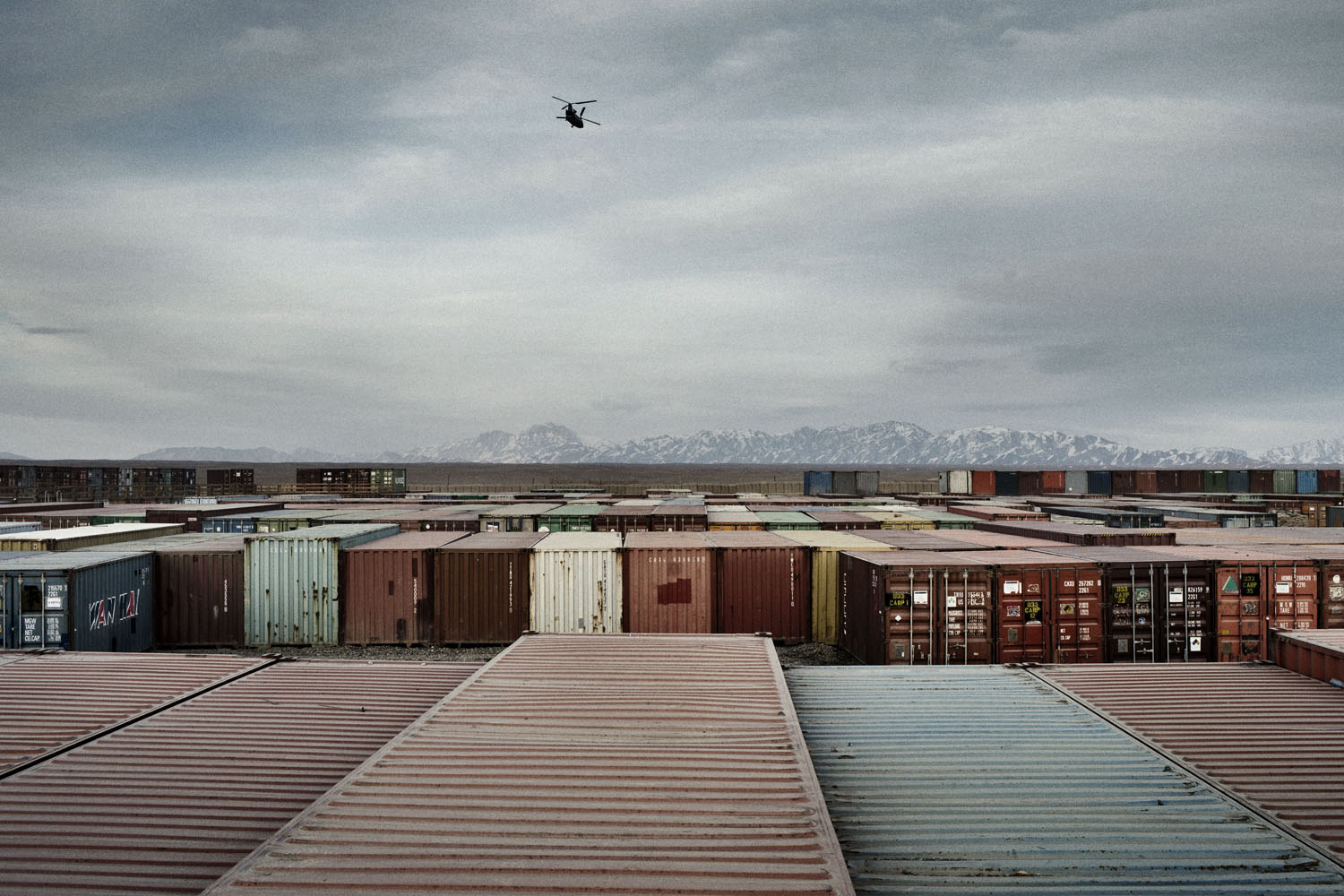
In the months leading up to the Normandy Invasion in the late spring of 1944, the U.S. shipped 1.6 million troops and 17 million tons of cargo to staging areas in the United Kingdom. If the numbers weren’t mind boggling enough, to reach the British Isles, the troops and cargo had to cross the Atlantic under threat of being sunk by German U Boats. That buildup was just one of untold numbers of logistical feats during that enormous war, one chapter in an ongoing legacy of remarkable exploits that extends to the retrograde, the military’s term for bringing all of our equipment home from Afghanistan.
For many good reasons, Afghanistan has been called a logistician’s nightmare. It is landlocked and far from a working port. Much of the country – especially in the east where a great deal of the fighting has taken place – is covered with mountains and threaded by decades-old roads and questionable bridges. The easiest way in and out of the country is a geopolitical minefield and the other two routes are three times as expensive.
And yet, for twelve years, logisticians have supplied troops with the equipment — large and small — necessary to fight a war. They have airdropped pallets of food and repair parts on remote bases, tossed “Speedballs” — body bags filled with ammunition and water — out of helicopters to troops under fire. And along the way, extra equipment has piled up at bases around Afghanistan. According to a December 2012 report to Congress by the by the Government Accountability Office, there is the equivalent of more than 90,000 twenty-foot containers of equipment all over Afghanistan. All together, there is $36 billion worth of vehicles, weapons systems, repair parts and utter junk scattered throughout the country, and bringing it home will cost an estimated $5.7 billion.
Last month, I traveled to eastern Afghanistan with TIME contract photographer Yuri Kozyrev to document how the American military will bring all of that stuff home from Afghanistan. The journey began at Forward Operating Base Altimur, a scrap of land at on a slope above a desert floor, deep in Logar Province. There, the paratroopers of Bull Battery, 173rd Airborne Brigade were busy tearing down much of the base. We met hardened veterans like Sgt. Mario Diaz, who was serving his third tour in Afghanistan and the second at FOB Altimur, which has both been his sanctuary from fighting and the site of some of the most difficult times in his 32 years. There were three privates on their first combat tour who were in third grade when the war began. They all joined up within two weeks of graduating from high school and met each other just before shipping out to Afghanistan.
When the troops are done packing their equipment, the destination for much of the gear is one of the yards at Bagram Airfield, the largest base in eastern Afghanistan. A quick drive around Bagram and you’ll see yard after yard of twenty and forty foot container stacked two high, vehicles that cost $570,000 each lined up by the hundreds waiting to be washed four times before they can be shipped home. Then at the end of the line, especially in the winter months when most of the equipment leaves Afghanistan by air, the Port Dogs of the 455th Expeditionary Airwing load cargo planes with trucks weighing a dozen tons and pallets weighing 10,000 pounds that the push onto the airplanes by hand.
Along the way, there are troops who sort and separate, update records and pack containers. Most of the equipment will come back to the U.S. for repairs and refitting for use in future training. Much of it will be staged at bases around the world, waiting at the ready for the next unseen war. Logisticians have been moving thousands of people and tons of supplies under horrendous conditions since war began. The retrograde from Afghanistan is an enormous challenge, one that will likely be studied decades from now when logisticians have to make similar magic happen again. “The numbers look intimidating, but we’re a big organization,” says Brigadier Felix Gedney, a British exchange officer serving as deputy commanding general for transition in the 1st Infantry Division. “It’s in the art of the possible that it’s achievable.”
Yuri Kozyrev is a contract photographer for TIME and was named the 2011 Photographer of the Year in the Pictures of the Year International competition.
Nate Rawlings is a reporter for TIME. He writes for the magazine’s Briefing section and about politics, government and military affairs for TIME.com.


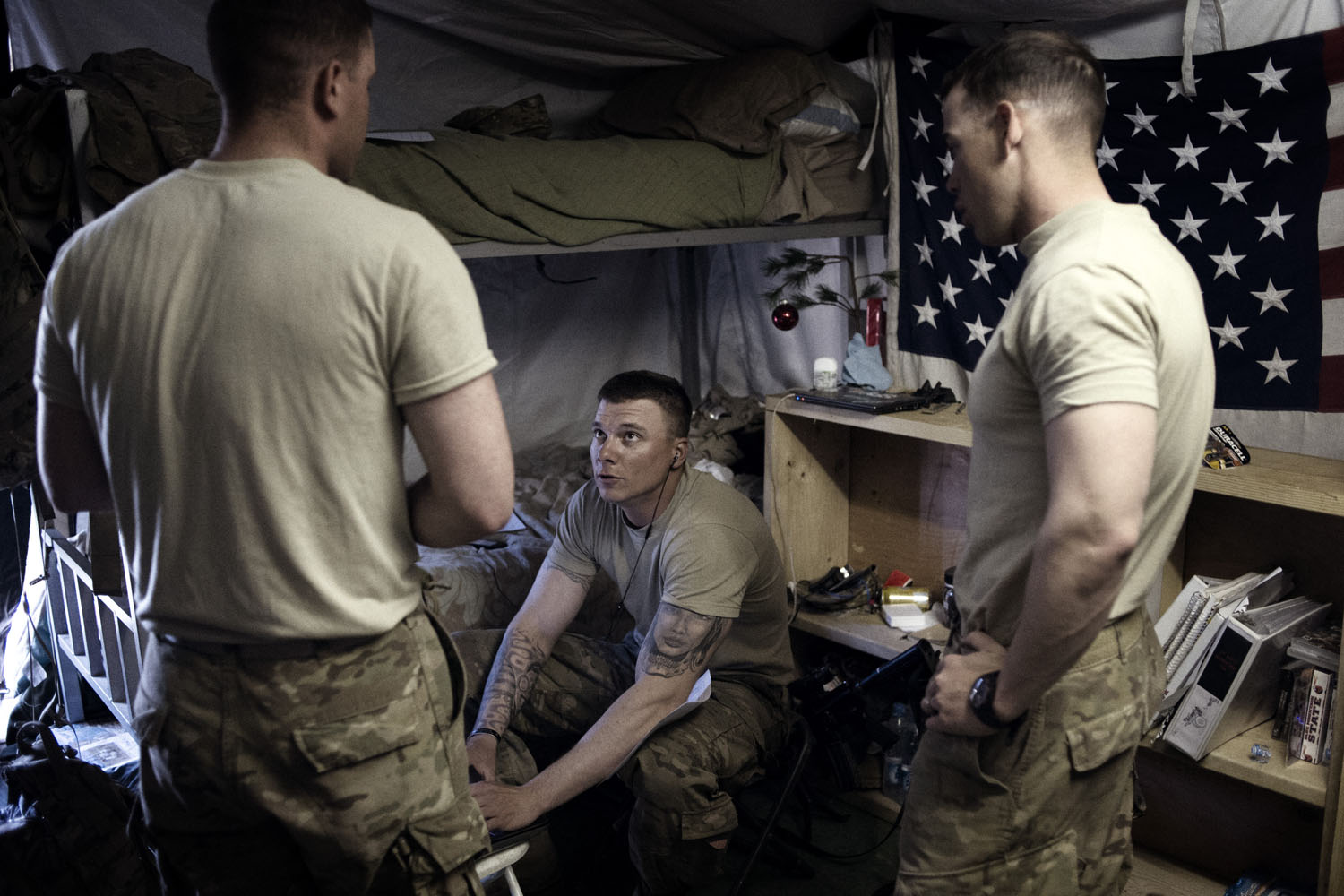


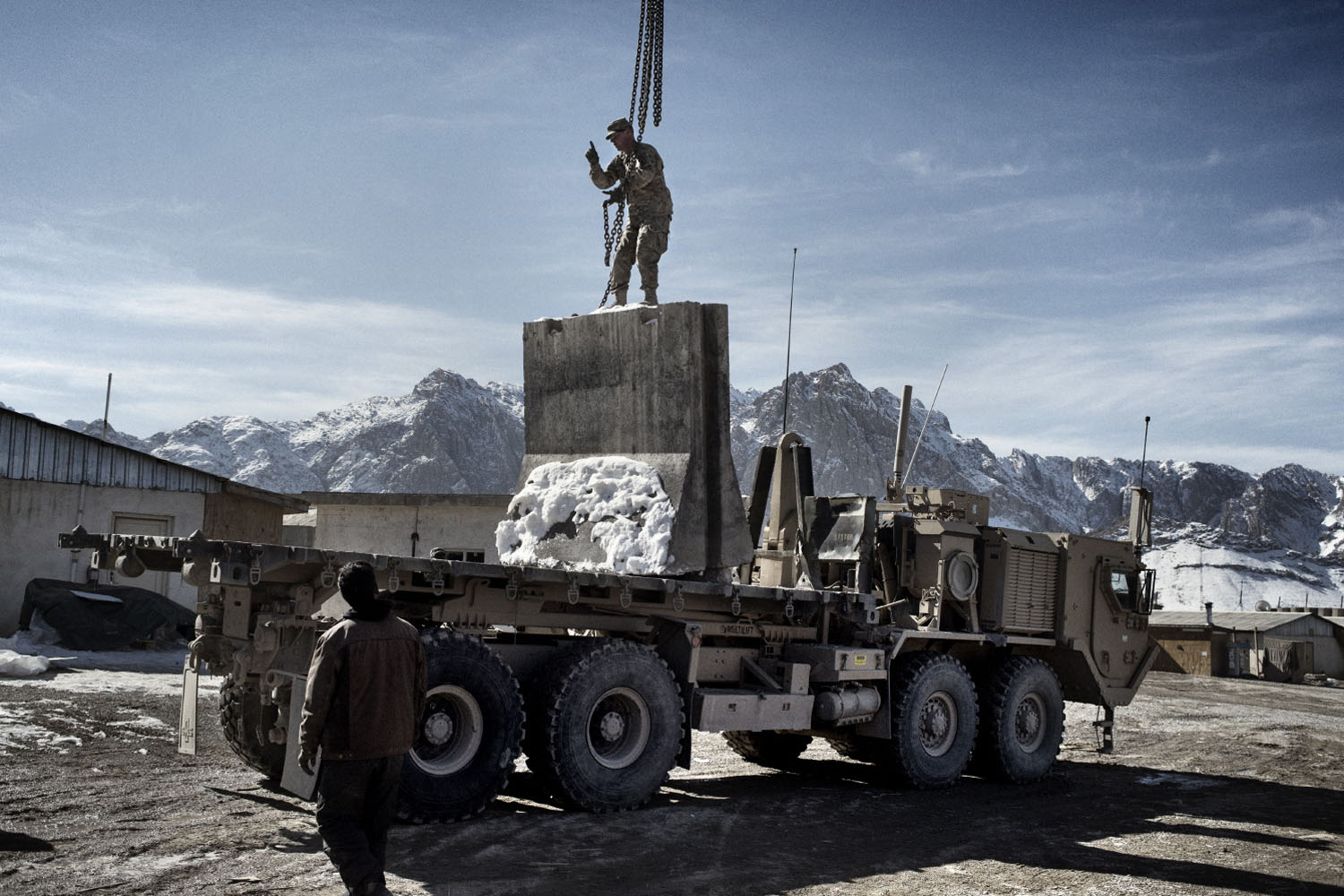



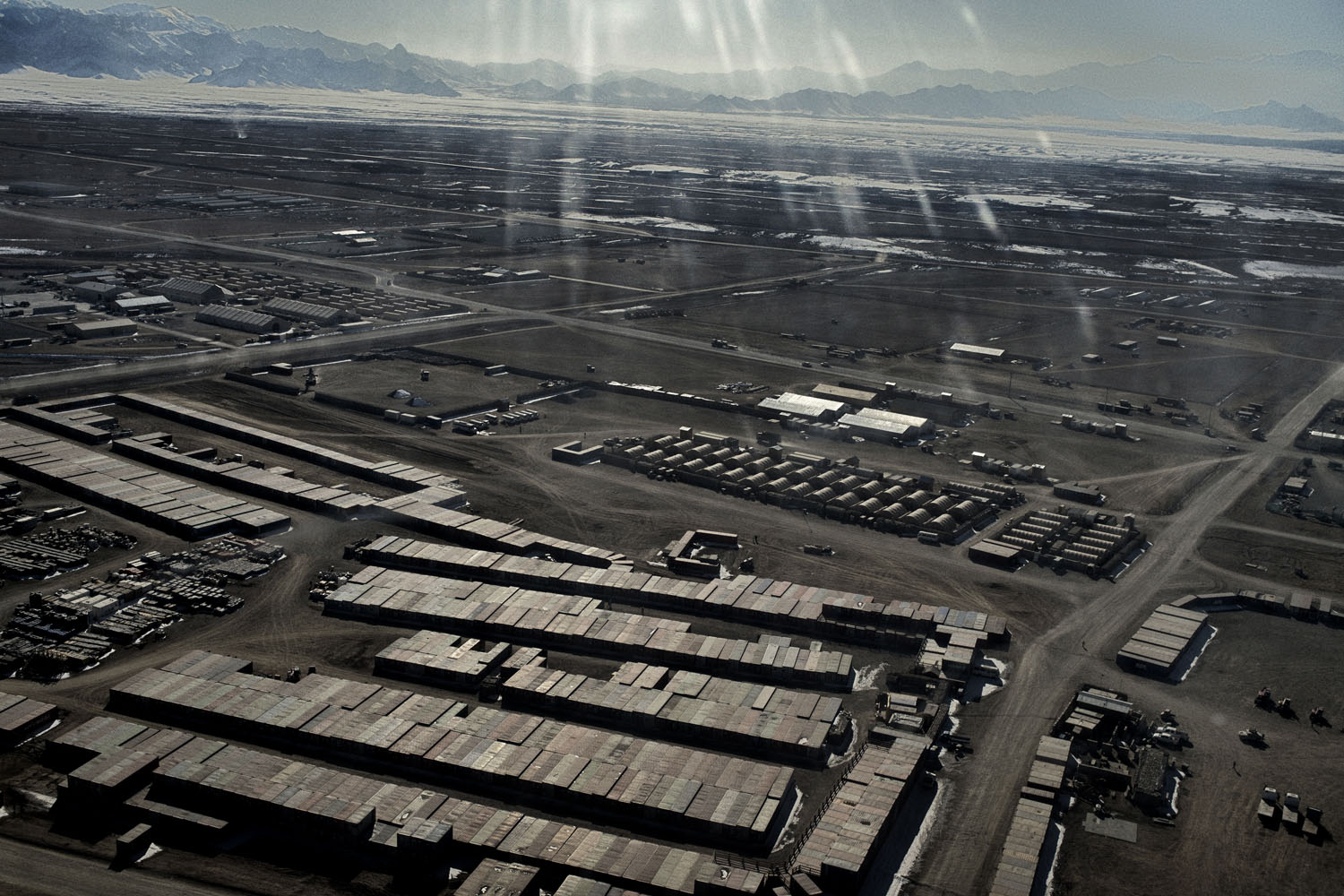
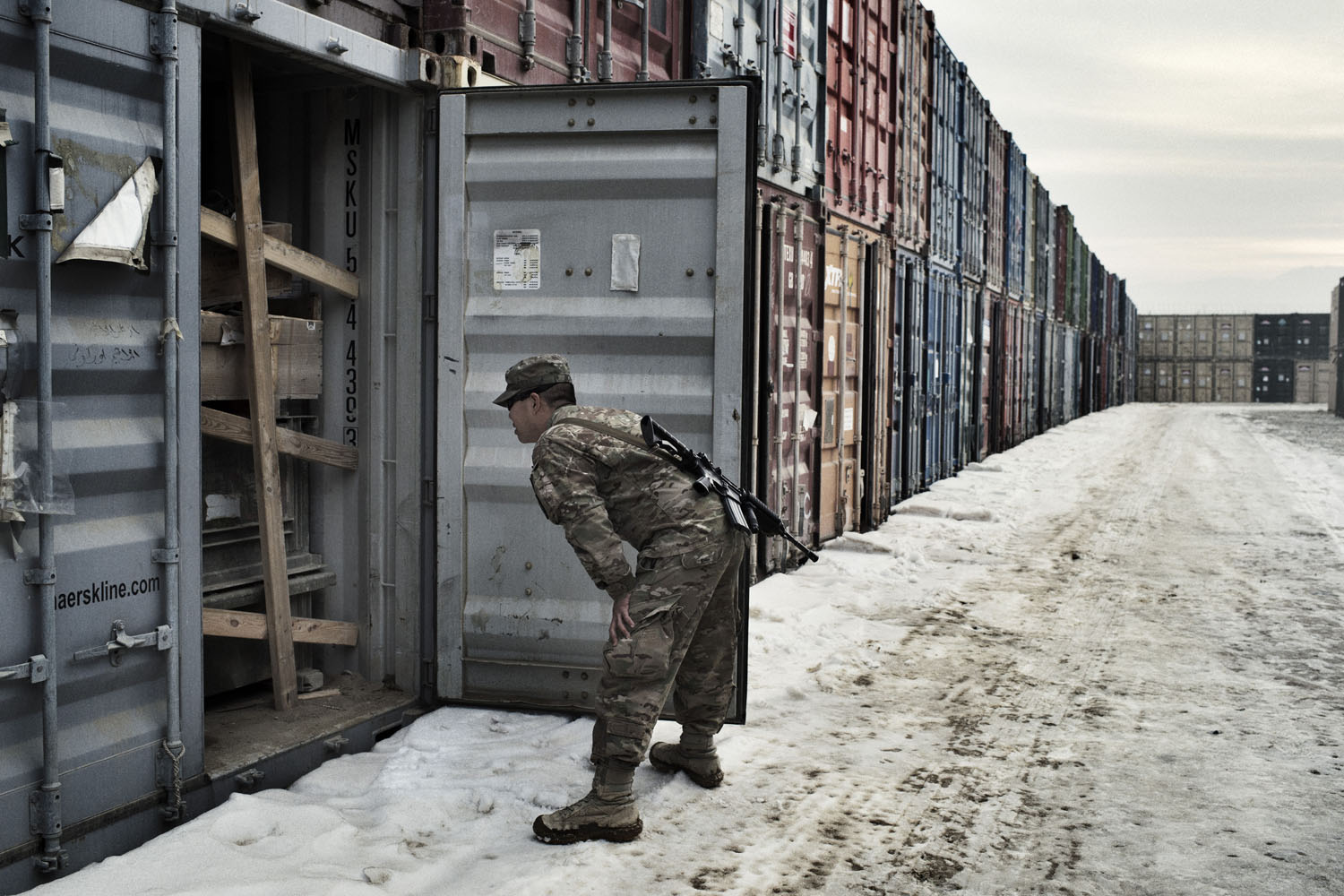

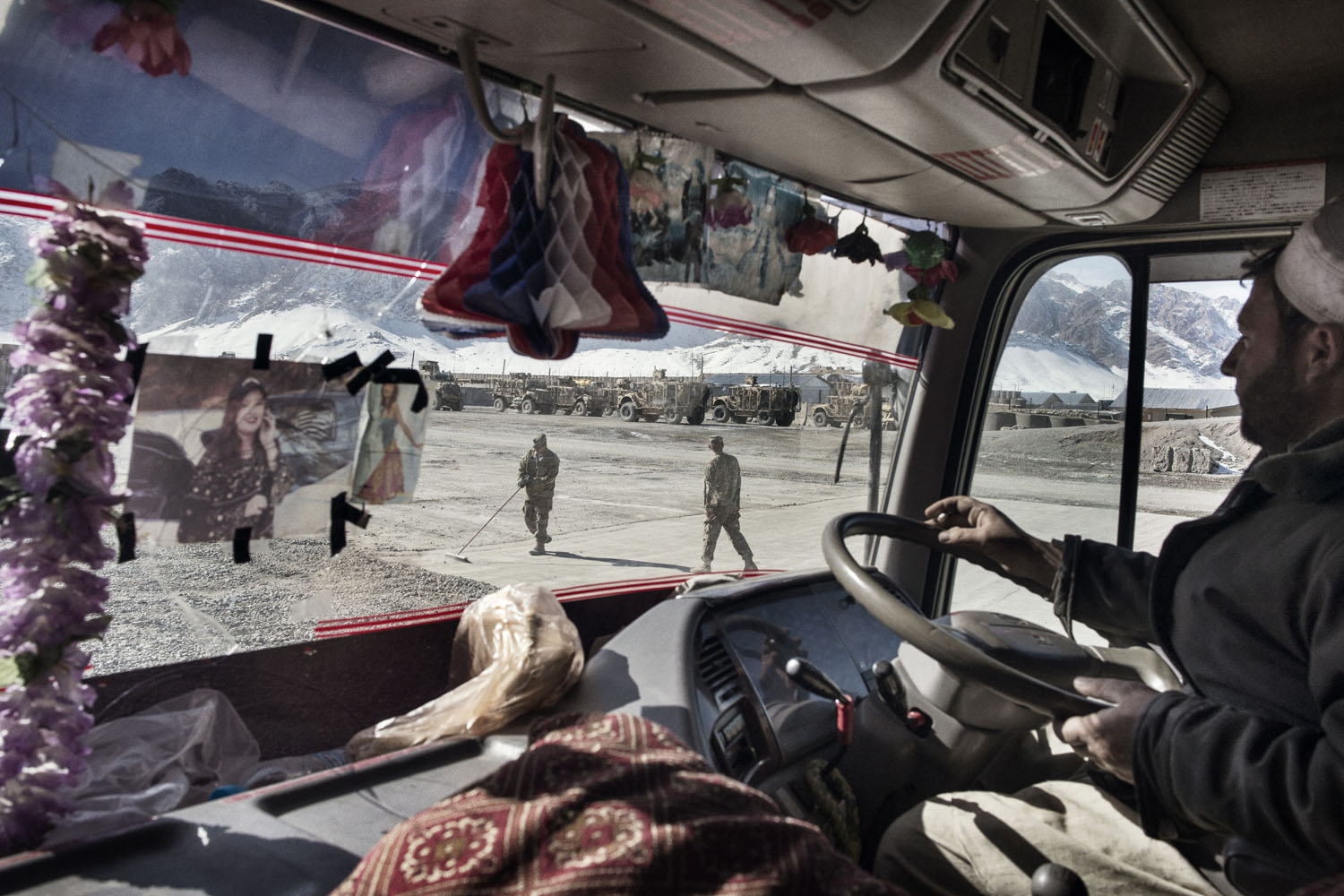
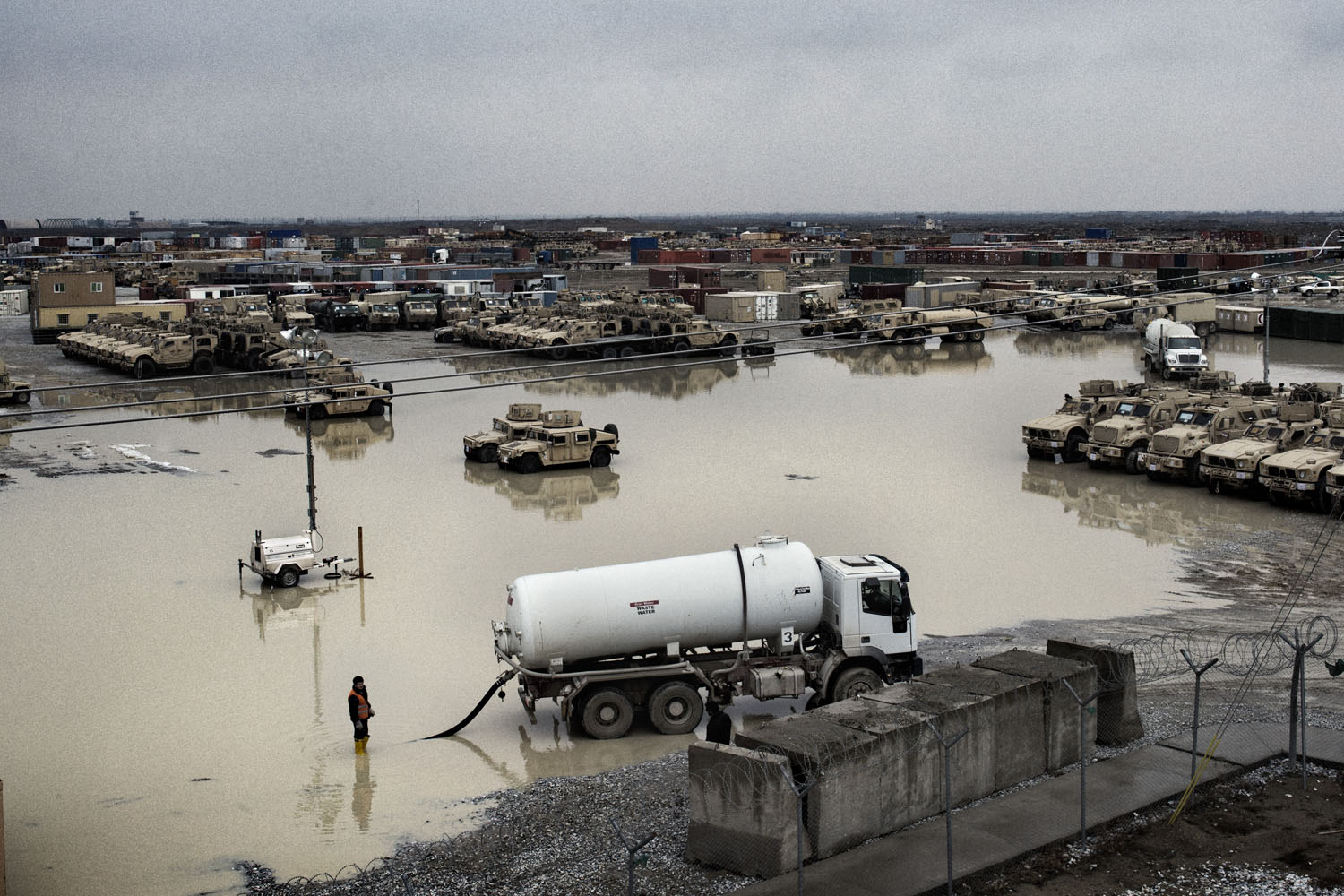
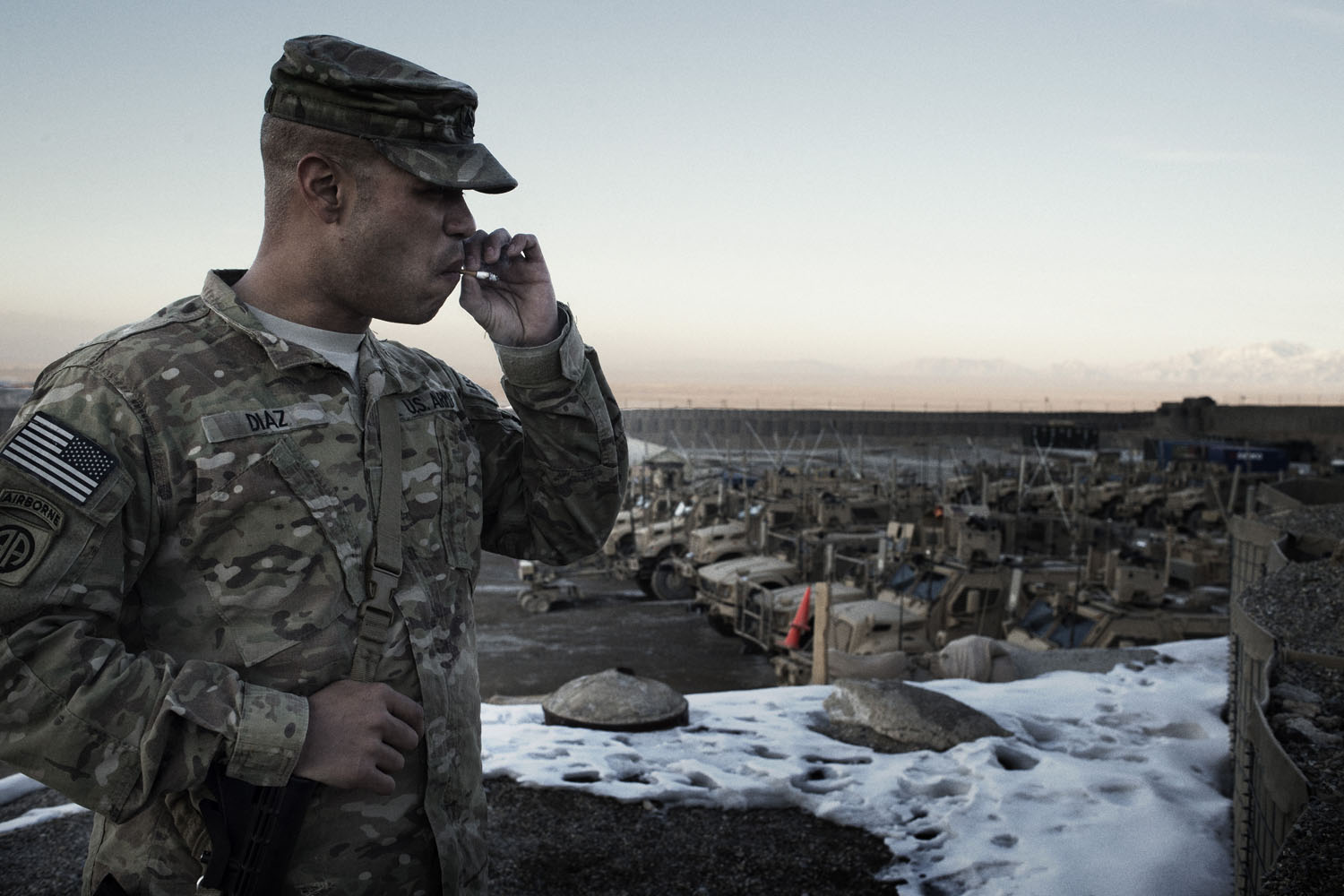
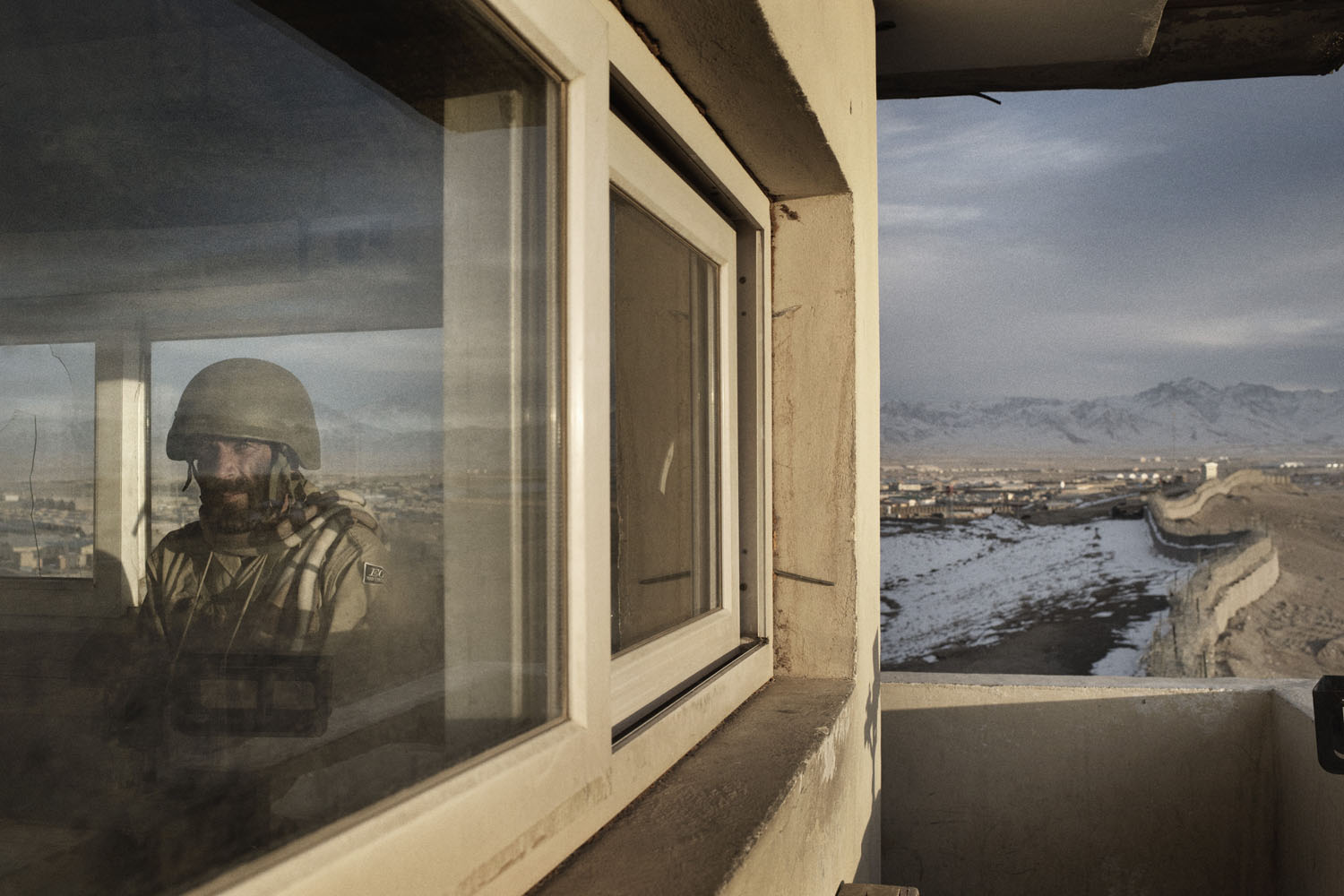

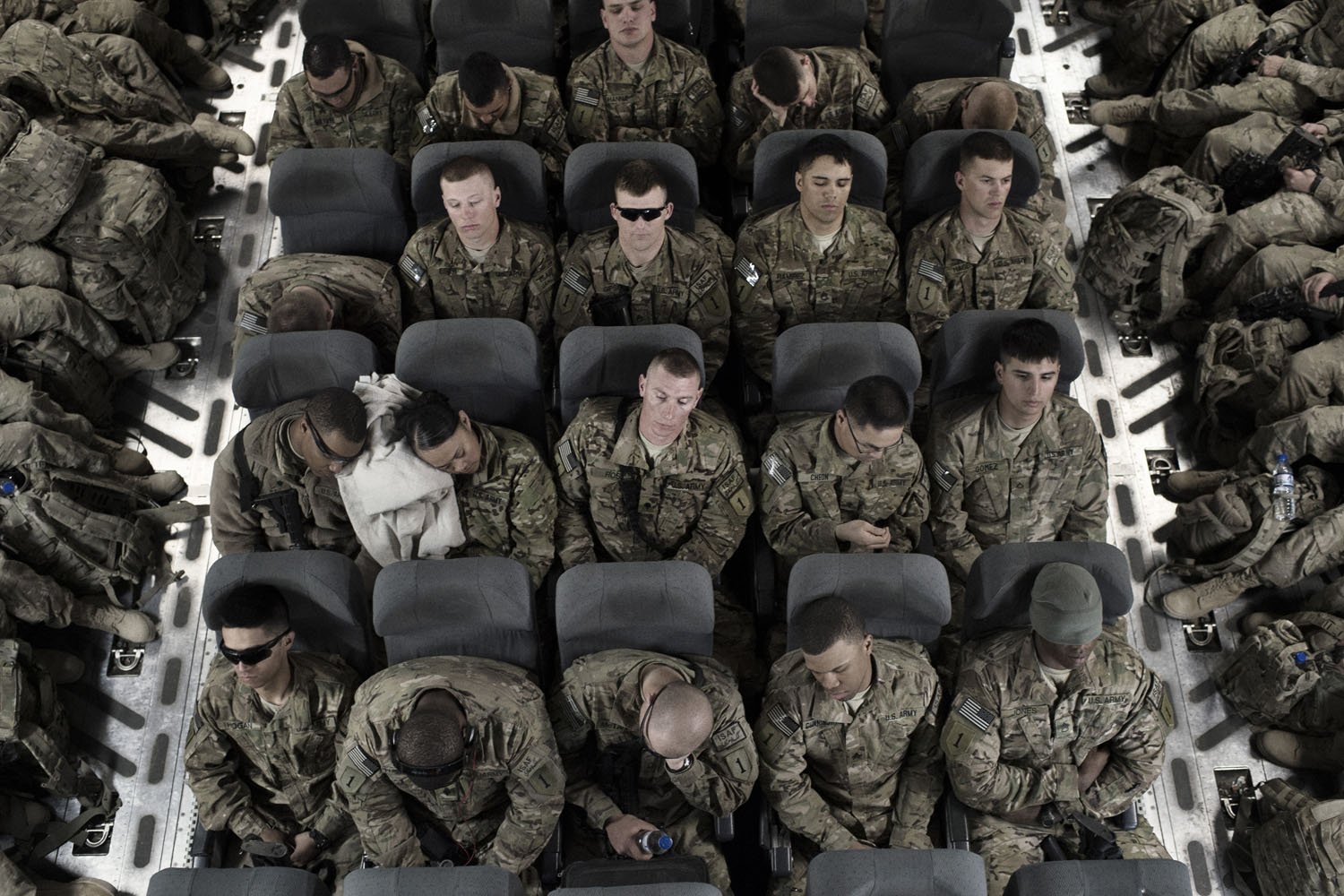
More Must-Reads from TIME
- Donald Trump Is TIME's 2024 Person of the Year
- Why We Chose Trump as Person of the Year
- Is Intermittent Fasting Good or Bad for You?
- The 100 Must-Read Books of 2024
- The 20 Best Christmas TV Episodes
- Column: If Optimism Feels Ridiculous Now, Try Hope
- The Future of Climate Action Is Trade Policy
- Merle Bombardieri Is Helping People Make the Baby Decision
Contact us at letters@time.com